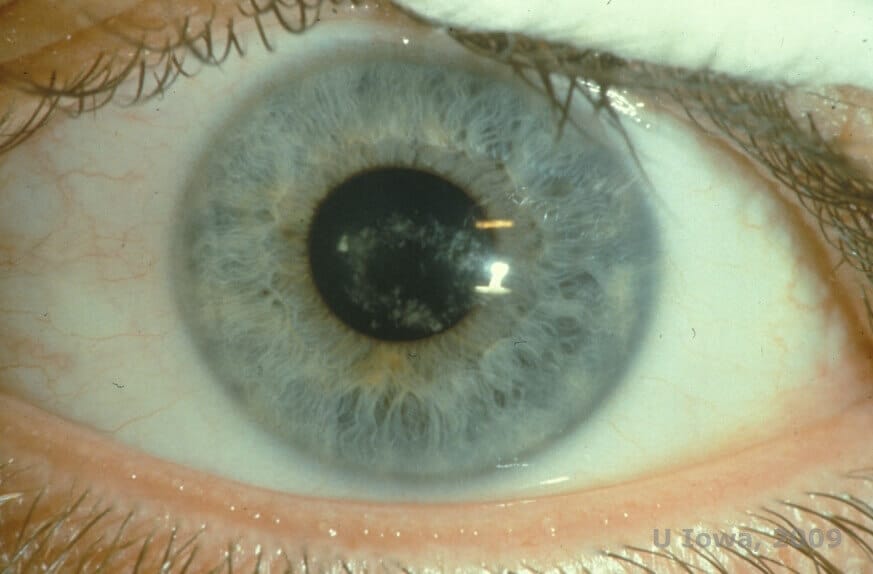Lattice Corneal Dystrophy Treatment
While there is no known cure for lattice corneal dystrophy, the condition can be managed and its impact on vision and comfort can be minimized.
Scleral Lenses: A Transformative Solution for Lattice Corneal Dystrophy
Lattice corneal dystrophy can present several challenges, including persistent discomfort and vision distortion. However, an innovative treatment in the form of scleral lenses has emerged as a gold standard solution. Unlike typical contact lenses, scleral lenses have a larger diameter, enabling them to vault over the entire corneal surface, including any irregularities caused by the dystrophy.
These lenses function by creating a new, smooth, undamaged surface for light to pass through, vastly improving visual acuity. Additionally, scleral lenses form a pocket filled with saline solution between the lens and the cornea, helping to keep the eye moist and comfortable throughout the day.
Custom Fitting Scleral Lenses
Scleral lenses fitting is a meticulous process, particularly for those with lattice corneal dystrophy. To provide the best fit and maximum comfort, a comprehensive assessment of the eye's surface is performed. This procedure involves a detailed measurement of the cornea's shape and size and the evaluation of any corneal irregularities.
An accurate fitting is paramount for achieving the maximum potential benefits, including:
- Comfort: Scleral lenses rest on the less sensitive sclera (the white part of the eye) rather than the cornea, offering improved comfort compared to standard lenses. They also move less and have a pocket for saline solution, keeping your eyes hydrated and comfortable all day long.
- Sharp Vision: Designed to correct irregular corneas, scleral lenses facilitate clear and sharp vision by creating a brand new ocular surface.
- Durability: Scleral lenses are crafted from highly oxygen-permeable materials, enhancing their durability and making them suitable for long-term use.




















